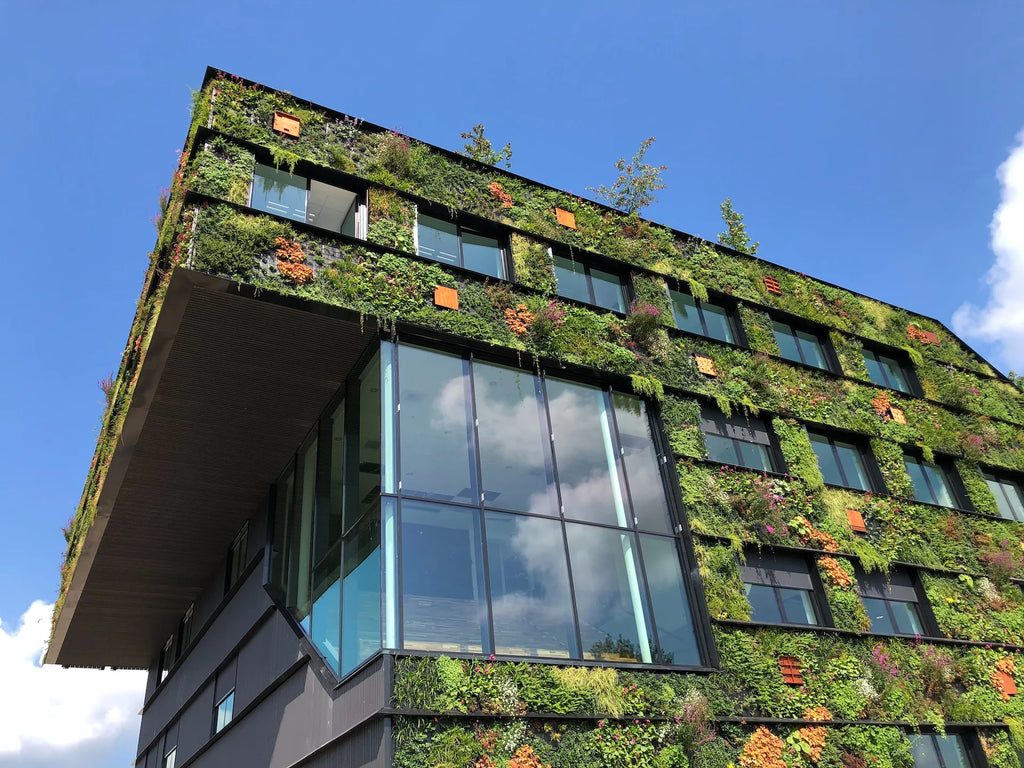
Sustainable Choices: Selecting Environmentally Friendly Building Materials

In a world increasingly aware of its environmental footprint, architects are taking on a vital role in shaping a sustainable future. The selection of environmentally friendly building materials is paramount to reduce the overall environmental impact of construction and promote eco-conscious designs. Here's a comprehensive guide on making sustainable choices when it comes to building materials.
Certified Wood
Sourcing wood certified by organisations like the Forest Stewardship Council (FSC) ensures responsible forestry practices. It promotes the use of sustainably harvested wood, supporting the conservation of forests.
Recycled and Recyclable Materials
Opt for building materials made from recycled content, such as recycled steel, glass, or reclaimed timber. Additionally, prioritise materials that are easily recyclable at the end of their life cycle to reduce waste.
Low VOC Paints and Finishes
Volatile Organic Compounds (VOCs) found in paints and finishes can be harmful to both health and the environment. Choose low or zero VOC paints to improve indoor air quality and reduce pollution.
Energy-Efficient Insulation
Select insulation materials that enhance energy efficiency, such as cellulose, recycled denim, or rigid foam boards made from recycled plastics. These materials contribute to reduced energy consumption over the building's lifetime.
Natural and Biodegradable Materials
Utilise natural materials like bamboo, cork, strawboard, or clay bricks, which are renewable, biodegradable, and have a lower environmental impact. They can also contribute to a healthier indoor environment.
Solar Panels and Energy-Efficient Glazing
Integrate solar panels and energy-efficient glazing systems to harness renewable energy and enhance the building's energy performance. This reduces the reliance on fossil fuels and decreases the carbon footprint.
Durable and Long-Lasting Materials
Prioritise durable materials that have a longer lifespan, minimising the need for frequent replacements. This approach reduces waste and resource consumption in the long run.
Architects hold the power to drive sustainable practices by making informed choices during the design and construction phases. By considering the environmental impact of building materials and opting for sustainable alternatives, you can create environmentally responsible structures that contribute to a healthier planet and a better quality of life for its inhabitants.




